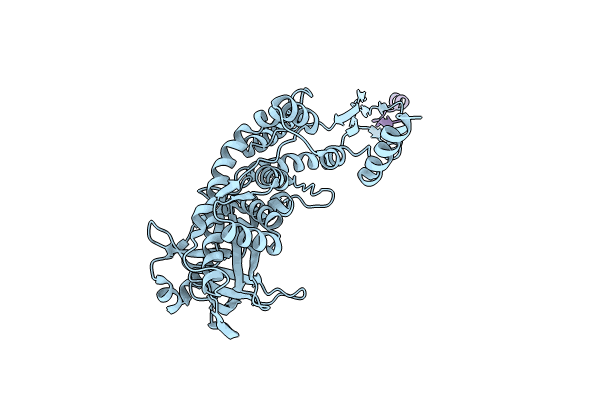
Deposition Date
2023-12-14
Release Date
2024-01-10
Last Version Date
2024-01-17
Entry Detail
PDB ID:
8VD8
Keywords:
Title:
SaPI1 portal structure in mature capsids containing DNA
Biological Source:
Source Organism:
Dubowvirus dv80alpha (Taxon ID: 53369)
Host Organism:
Method Details:
Experimental Method:
Resolution:
3.20 Å
Aggregation State:
PARTICLE
Reconstruction Method:
SINGLE PARTICLE


